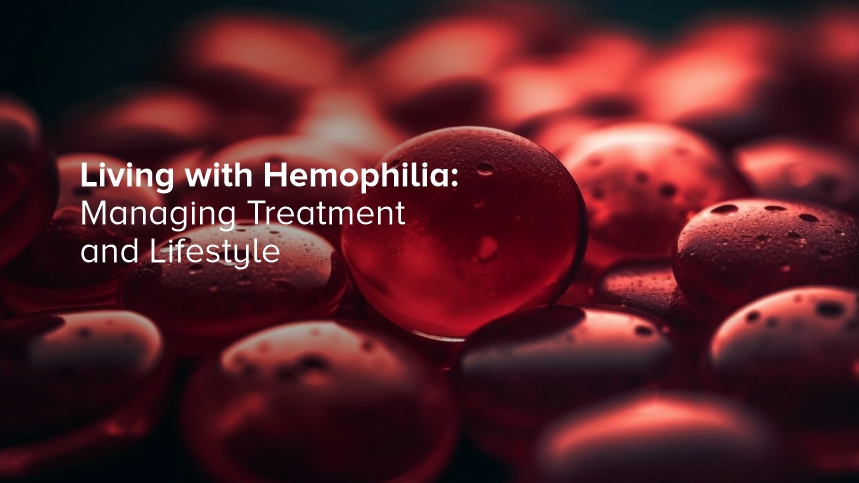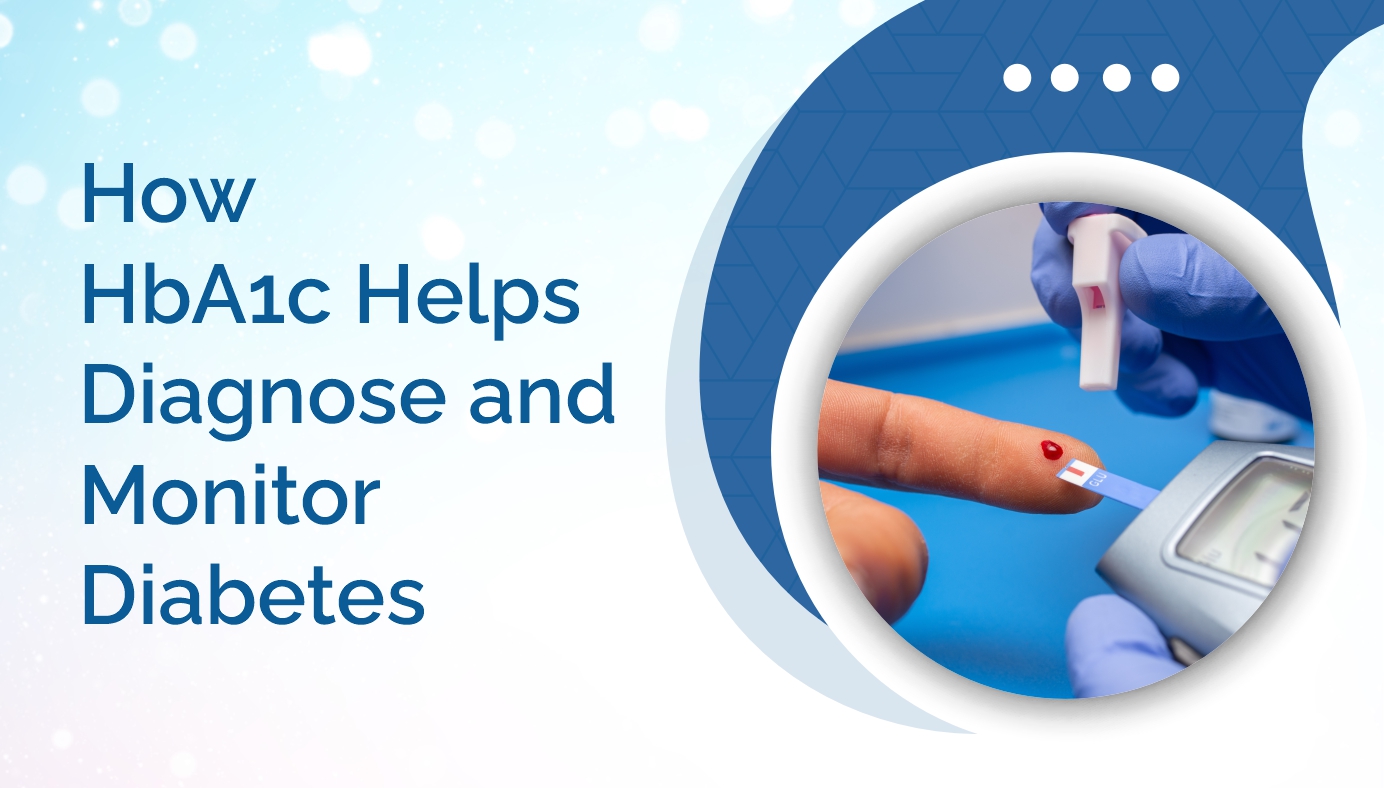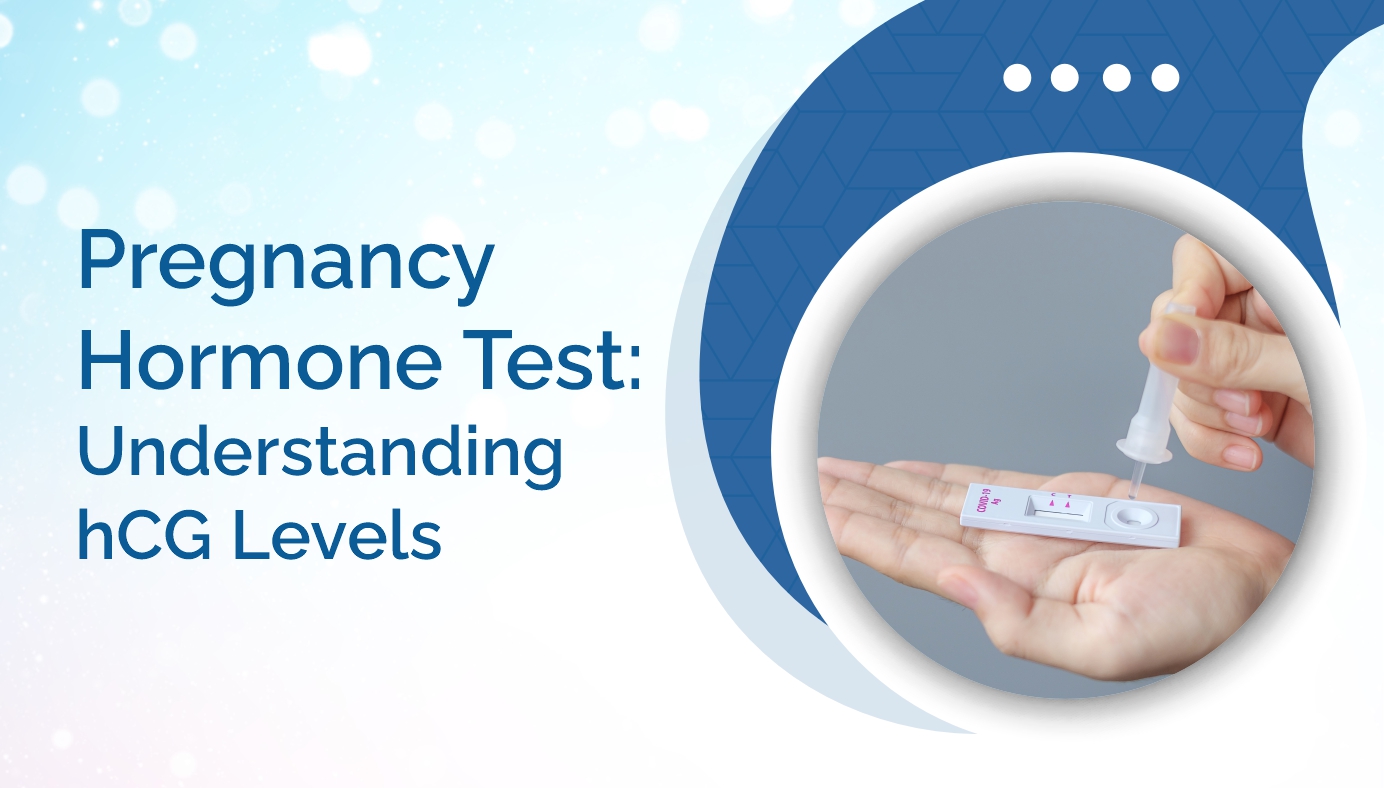


Condition
- Top tests
- Top tests
- Lifestyle Packages
- Infectious
- Preventive Health Checkup
- Diabetes
- Diabetes
- Preventive Health Checkup
- Top tests
- Top tests
- Heart Disease & Hypertension
- Lifestyle Packages
- Preventive Health Checkup
- Diabetes
- Diabetes
- Preventive Health Checkup
- Preventive Health Checkup
- Top tests
- Lifestyle Packages
- Diabetes
- Preventive Health Checkup
- Top tests
- Lifestyle Packages
- Diabetes
- Diabetes
- Diabetes
- Diabetes
- Diabetes
- Diabetes
- Preventive Health Checkup
- Preventive Health Checkup
- Diabetes
- Preventive Health Checkup
- Preventive Health Checkup
- Genomics
- Others
- Others
- Others
- Preventive Health Checkup
- Pulmonary / Infectious
- Diabetes
- Diabetes
- Others
- Preventive Health Checkup
- Others
- Preventive Health Checkup
- Top tests
- Others
- Genetics
- Others
- Gastrointestinal / Skeletomuscular
- Gastrointestinal / Skeletomuscular
- Others
- Others
- Others
- Others
- Others
- Others
- Others
- Others
- Others
- Others
- Others
- Others
- Others
- Others
- Others
- Others
- Others
- Others
- Others
- Others
- Others
- Others
- Others
- Others
- Others
- Others
- Others
- Others
- Others
- Others
- Others
- Others
- Others
- Others
- Others
- Others
- Others
- Others
- Others
- Others
- Others
- Others
- Others
- Others
- Others
- Others
- Others
- Others
- Others
- Others
- Others
- Others
- Others
- Others
- Others
- Others
- Others
- Others
- Others
- Others
- Others
- Others
- Others
- Others
- Others
- Others
- Top tests
- Top tests
- Top tests
- Top tests
- Top tests
- Top tests
- Top tests
- Top tests
- Top tests
- Preventive Health Checkup
- Top tests
- Top tests
- Top tests
- Top tests
- Blood Banking & Transfusion
- Lifestyle Packages
- Blood Banking & Transfusion
- Blood Banking & Transfusion
- Top tests
- Top tests
- Lifestyle Packages
- Diabetes
- Blood Banking & Transfusion
- Blood Banking & Transfusion
- Blood Banking & Transfusion
- Blood Banking & Transfusion
- Blood Banking & Transfusion
- Others
- Others
- Others
- Others
- Blood Banking & Transfusion
- Blood Banking & Transfusion
- Blood Banking & Transfusion
- Blood Banking & Transfusion
- Vitamin Deficiency
- Vitamin Deficiency
- Vitamin Deficiency
- Vitamin Deficiency
- Vitamin Deficiency
- Blood Banking & Transfusion
- Blood Banking & Transfusion
- Blood Banking & Transfusion
- Blood Banking & Transfusion
- Diabetes
- Diabetes
- Heart Disease & Hypertension
- Preventive Health Checkup
- Diabetes
- Preventive Health Checkup
- Preventive Health Checkup
- Diabetes
- Diabetes
- Heart Disease & Hypertension
- Top tests
- Heart Disease & Hypertension
- Diabetes
- Top tests
- Diabetes
- Heart Disease & Hypertension
- Lifestyle Packages
- Heart Disease & Hypertension
- Lifestyle Packages
- Heart Disease & Hypertension
- Heart Disease & Hypertension
- Lifestyle Packages
- Preventive Health Checkup
- Preventive Health Checkup
- Top tests
- Preventive Health Checkup
- Heart Disease & Hypertension
- Heart Disease & Hypertension
- Heart Disease & Hypertension
- Top tests
- Top tests
- Lifestyle Packages
- Heart Disease & Hypertension
- Heart Disease & Hypertension
- Top tests
- Heart Disease & Hypertension
- Preventive Health Checkup
- Diabetes
- Lifestyle Packages
- Heart Disease & Hypertension
- Top tests
- Heart Disease & Hypertension
- Heart Disease & Hypertension
- Diabetes
- Lifestyle Packages
- Preventive Health Checkup
- Diabetes
- Top tests
- Diabetes
- Allergy
- Heart Disease & Hypertension
- Diabetes
- Heart Disease & Hypertension
- Diabetes
- Lifestyle Packages
- Lifestyle Packages
- Top tests
- Preventive Health Checkup
- Lifestyle Packages
- Preventive Health Checkup
- Preventive Health Checkup
- Diabetes
- Top tests
- Heart Disease & Hypertension
- Preventive Health Checkup
- Top tests
- Heart Disease & Hypertension
- Lifestyle Packages
- Lifestyle Packages
- Diabetes
- Preventive Health Checkup
- Top tests
- Diabetes
- Top tests
- Preventive Health Checkup
- Preventive Health Checkup
- Preventive Health Checkup
- Diabetes
- Lifestyle Packages
- Lifestyle Packages
- Heart Disease & Hypertension
- Lifestyle Packages
- Heart Disease & Hypertension
- Lifestyle Packages
- Preventive Health Checkup
- Preventive Health Checkup
- Preventive Health Checkup
- Lifestyle Packages
- Top tests
- Lifestyle Packages
- Top tests
- Lifestyle Packages
- Top tests
- Diabetes
- Diabetes
- Others
- Blood Disorders
- Top tests
- Others
- Others
- Others
- Fever
- Fever
- Blood Disorders
- Blood Disorders
- Preventive Health Checkup
- Preventive Health Checkup
- Profile
- Kidney Disease
- Kidney Disease
- Diabetes
- Diabetes
- Heart Disease & Hypertension
- Preventive Health Checkup
- Lifestyle Packages
- Thyroid Disorder
- Diabetes
- Diabetes
- Diabetes
- Diabetes
- Diabetes
- Diabetes
- Diabetes
- Top tests
- Allergy
- Top tests
- Top tests
- Top tests
- Top tests
- Diabetes
- Top tests
- Diabetes
- Top tests
- Top tests
- Top tests
- Liver Disease
- Diabetes
- Top tests
- Vitamin Deficiency
- Top tests
- Top tests
- Liver Disease
- Top tests
- Top tests
- Top tests
- Anemia
- Anemia
- Anemia
- Diabetes
- Diabetes
- Anemia
- Top tests
- Top tests
- Top tests
- Preventive Health Checkup
- Thyroid Disorder
- Heart Disease & Hypertension
- Top tests
- Preventive Health Checkup
- Diabetes
- Heart Disease & Hypertension
- Top tests
- Fever
- Allergy
- Liver Disease
- Lifestyle Packages
- Heart Disease & Hypertension
- Top tests
- Arthritis
- Top tests
- Top tests
- Heart Disease & Hypertension
- Kidney Disease
- Preventive Health Checkup
- Allergy
- Top tests
- Lifestyle Packages
- Top tests
- Kidney Disease
- Top tests
- Lifestyle Packages
- Top tests
- Preventive Health Checkup
- Preventive Health Checkup
- Top tests
- Top tests
- Vitamin Deficiency
- Allergy
- Diabetes
- Top tests
- Top tests
- Top tests
- Top tests
- Heart Disease & Hypertension
- Allergy
- Top tests
- Preventive Health Checkup
- Top tests
- Top tests
- Infertility
- Top tests
- Lifestyle Packages
- Allergy
- Diabetes
- Heart Disease & Hypertension
- Lifestyle Packages
- Preventive Health Checkup
- Preventive Health Checkup
- Top tests
- Preventive Health Checkup
- Top tests
- Diabetes
- Top tests
- Infertility
- Top tests
- Thyroid Disorder
- Top tests
- Allergy
- Preventive Health Checkup
- Vitamin Deficiency
- Top tests
- Top tests
- Infertility
- Lifestyle Packages
- Diabetes
- Liver Disease
- Kidney Disease
- Vitamin Deficiency
- Top tests
- Heart Disease & Hypertension
- Heart Disease & Hypertension
- Top tests
- Heart Disease & Hypertension
- Heart Disease & Hypertension
- Heart Disease & Hypertension
- Infertility
- Heart Disease & Hypertension
- Vitamin Deficiency
- Vitamin Deficiency
- Arthritis
- Arthritis
- Top tests
- Top tests
- Lifestyle Packages
- Preventive Health Checkup
- Lifestyle Packages
- Preventive Health Checkup
- Vitamin Deficiency
- Top tests
- Lifestyle Packages
- Lifestyle Packages
- Preventive Health Checkup
- Top tests
- Preventive Health Checkup
- Top tests
- Heart Disease & Hypertension
- Infertility
- Top tests
- Top tests
- Preventive Health Checkup
- Lifestyle Packages
- Top tests
- PCOD
- Preventive Health Checkup
- Lifestyle Packages
- Preventive Health Checkup
- Top tests
- Fever
- PCOD
- Kidney Disease
- Top tests
- Top tests
- Preventive Health Checkup
- Preventive Health Checkup
- Liver Disease
- Thyroid Disorder
- Top tests
- Heart Disease & Hypertension
- PCOD
- Top tests
- Arthritis
- Preventive Health Checkup
- Kidney Disease
- Lifestyle Packages
- Top tests
- Allergy
- Top tests
- Top tests
- Diabetes
- Thyroid Disorder
- Preventive Health Checkup
- Top tests
- Lifestyle Packages
- Preventive Health Checkup
- Top tests
- Kidney Disease
- Liver Disease
- Infertility
- Top tests
- Anemia
- Top tests
- Top tests
- Top tests
- Preventive Health Checkup
- Bone Health
- Cancer
- Fatty Liver

Tests
Hemophilia is a complex condition that touches the lives of many, and if you or a loved one has recently been diagnosed with hemophilia, it's natural to feel overwhelmed. This bleeding disorder—characterized by the inability of the blood to clot properly—requires careful management, but it doesn’t have to define your life.
Hemophilia is a rare genetic disorder that impairs the body's ability to clot blood. There are two common types: Hemophilia A, which is a deficiency of clotting factor VIII, and Hemophilia B, which is due to a lack of clotting factor IX. This protein, when deficient, weakened, or missing, translates to a higher tendency for bleeding, both internally and externally. The genetic inheritance pattern of hemophilia can be complex, and it often predominantly affects males; however, females can also be symptomatic carriers.
For Hemophilia A and B patients, even the mildest injuries can be serious, leading to prolonged bleeding episodes that require immediate intervention to prevent complications. It is crucial to understand the basics of the disorder, its triggers, and the importance of timely treatment.
The Genetic Explanation
Hemophilia is a hereditary disorder linked to the X chromosome. Males have only one X chromosome, and females have two, which typically allows for the dominant gene to mask the effects of the recessive gene. However, hemophilia is an X-linked recessive disorder, meaning the presence of just one affected X chromosome is enough to cause the disorder in males, highlighting the importance of genetic counseling for carriers.
Those with hemophilia may experience spontaneous bleeding within their body, particularly in the joints, where repeated periods of bleeding can result in chronic pain and irreversible joint damage. The disorder can also lead to excessive bleeding during surgeries or a traumatic injury. Understanding these possibilities is essential for both patients and their support network.
The diagnosis of hemophilia can be life-altering, not just for the patient but also for their family and caregivers. Upon diagnosis, there is a need to adapt to a new normal, which includes understanding and managing the condition.
After someone is diagnosed with hemophilia, there is an adjustment period as they learn to anticipate and manage the increased risk of bleeding. This includes adopting lifestyle changes to minimize risk factors, such as being cautious with physical activities and selecting the right gear to protect vulnerable joints.
A robust support structure is critical for those living with hemophilia. Support can come from a variety of sources, including healthcare professionals, support groups, and family and friends. This network of support ensures that those with the condition can lead a life that is both safe and fulfilling.
Managing Hemophilia
The management of hemophilia is multifaceted, encompassing both medical and lifestyle approaches. Advances in treatment and self-care empower patients to live active lives while minimizing complications.
Treatment Options
The primary treatment for hemophilia is the replacement of the missing clotting factor through regular infusions. This is often known as factor replacement therapy and is tailored to each patient based on the severity of their condition. Additionally, there are other innovative therapies, like gene therapy, that are becoming more readily available and offer promising results for long-term management.
Self-Care Strategies
Incorporating self-care practices into daily life can make a significant difference for those with hemophilia. This includes staying current on vaccinations to prevent illnesses that can trigger bleeding, recognizing the signs of a bleed, and responding promptly to minimize damage.
Staying Active
While physical activity can pose increased risks for those with hemophilia, regular exercise is still important for maintaining overall health. Finding the right balance between staying active and preventing injury is key; engaging in low-impact exercises and stretching can help enhance joint health and reduce the likelihood of bleeds.
Hemophilia and Mental Health
The emotional toll of living with hemophilia should not be underestimated. Long-term management may take a mental toll, and that's why addressing the psychological impact is an important part of the overall care plan.
Emotional Impact
The fear of bleeding or the effects of chronic pain can lead to anxiety and even depression in some patients. It’s essential to recognize and address these emotional challenges as part of the holistic approach to care.
Seeking Support
Therapy and support groups can provide those living with hemophilia a safe space to share their experiences and receive validation. Family therapy can also be beneficial, helping relatives to understand the condition and its impact more fully.
Lifestyle Changes and Support
Incorporating certain lifestyle changes can greatly contribute to successful hemophilia management. These changes range from dietary adjustments to the design of safe living environments.
Nutrition and Hydration
Eating a balanced diet and staying hydrated are fundamental for maintaining good health. A nutrient-rich diet supports the immune system and helps prevent weight gain, which can put additional stress on joints.
Safe Environments
Simple home modifications, such as removing sharp edges from furniture and adding grab bars in bathrooms, can significantly reduce the risk of injury in those with hemophilia. It’s vital to create an environment that supports safety and comfort.
The Role of Family and Friends
The support provided by a patient’s inner circle cannot be overstated. Educating family and friends about the condition can lead to a more understanding and capable support network, which is particularly important during bleeding episodes.
Looking Forward
The future of hemophilia treatment is an exciting one. Ongoing research continues to bring about new therapies and advancements that promise to enhance the quality of life for those with the condition.
Treatment Innovations
Recent innovations in hemophilia treatment include extended half-life factor products, which can offer longer intervals between infusions, and non-replacement therapies that target different parts of the clotting process.
Research and Clinical Trials
Participating in research and clinical trials is a way for patients to contribute to the advancement of hemophilia treatment. It also provides access to cutting-edge therapies that may not yet be widely available.
Conclusion
Living with hemophilia presents unique challenges, but with the right approach, it is possible to lead a fulfilling life. By staying informed about the condition, engaging in a comprehensive treatment plan, and building a strong support network, patients can take control of their health and well-being.
For family and caregivers, being involved in the patient's care and advocating for their needs is a priceless gift. By working together, patients and their support systems can overcome the obstacles hemophilia presents and look forward to a brighter, healthier future.
No one should face hemophilia alone, and with the guidance provided in this blog, individuals and their families can find hope and confidence in moving forward. If you or someone you know is living with hemophilia, reach out to health care professionals and support organizations for assistance. The path may be challenging, but it is navigable, and you are not alone.
WANT TO BOOK HEALTH CHECKUP ?
Categories
Top tests
107
Lifestyle Packages
39
Infectious
1
Preventive Health Checkup
59
Diabetes
54
Heart Disease & Hypertension
38
Genomics
1
Others
81
Pulmonary / Infectious
1
Genetics
1
Gastrointestinal / Skeletomuscular
2
Blood Banking & Transfusion
16
Vitamin Deficiency
12
Allergy
9
Blood Disorders
3
Fever
4
Profile
1
Kidney Disease
8
Thyroid Disorder
5
Liver Disease
6
Anemia
5
Arthritis
4
Infertility
6
PCOD
3
Bone Health
1
Cancer
1
Fatty Liver
1
Recent Blogs
Coagulation Profile (PT, aPTT): Understanding Blood Clotting Tests
Hemostasis, widely known as blood clotting, is a sophisticated physiological process that...
30-12-2025
How HbA1c Helps Diagnose and Monitor Diabetes
Managing diabetes effectively requires consistent monitoring of blood sugar levels. While...
30-12-2025
Pregnancy Hormone Test: Understanding hCG Levels
Seeing those two pink lines or a flashing "Pregnant" on a digital display is a life-changing...
29-12-2025





.jpg)

